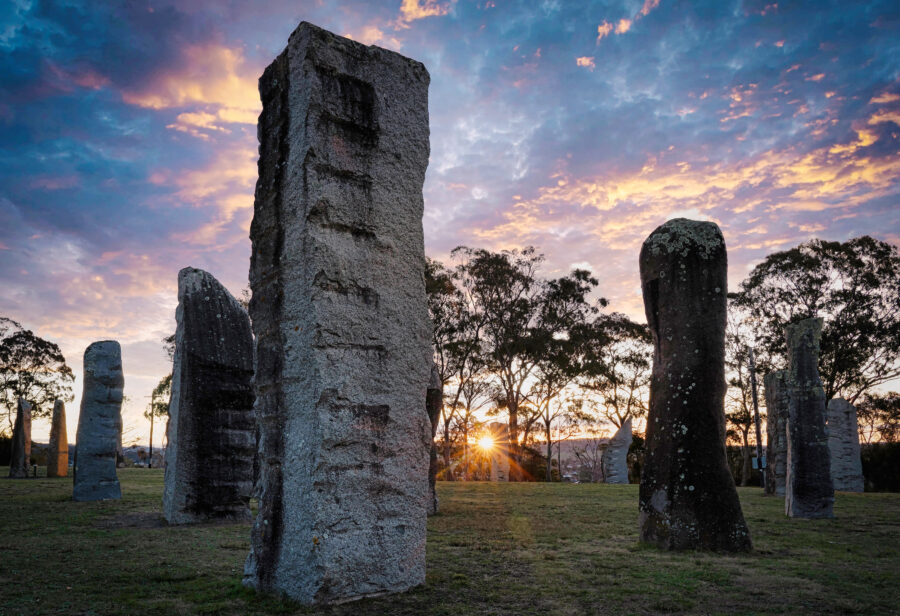
Summer solstice Down Under
There’s something magical about a ray of sunlight, especially if it illuminates an object of reverence. Even more so if it’s a spectacle that only occurs once a year.

There’s something magical about a ray of sunlight, especially if it illuminates an object of reverence. Even more so if it’s a spectacle that only occurs once a year.
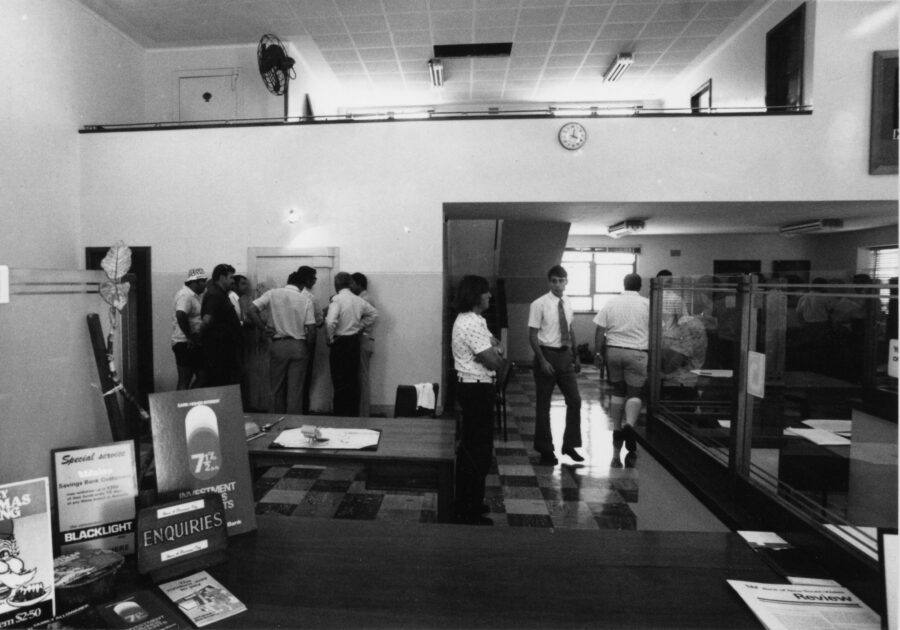
When residents of the NSW Northern Rivers town of Murwillumbah awoke on 23 November 1978, they discovered their main street was crawling with police cars and camera-toting media.
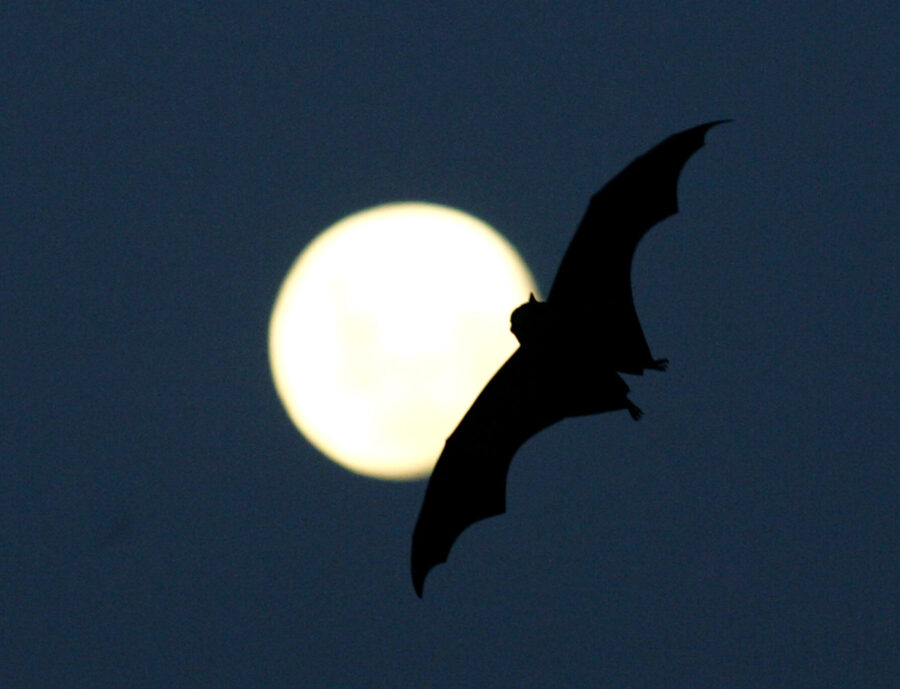
The claim that bats only fly left when exiting a cave is a common misconception.

Wycliffe Well is a tiny speck off the Stuart Highway in the middle of the Northern Territory, about 130km south of Tennant Creek. The former roadhouse was named after the site of a water well sunk in 1875 for workers on the Overland Telegraph Line.
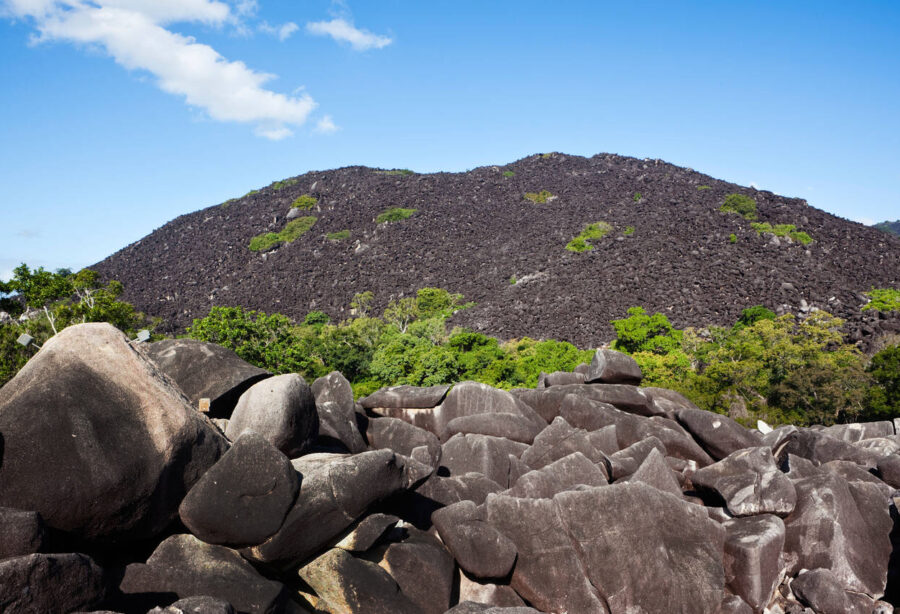
The way ahead is blocked by an imposing jumble of jet-black boulders precariously stacked on each other. Beneath this is an eerie underworld of secret chambers where giant pythons and carnivorous ghost bats lurk.
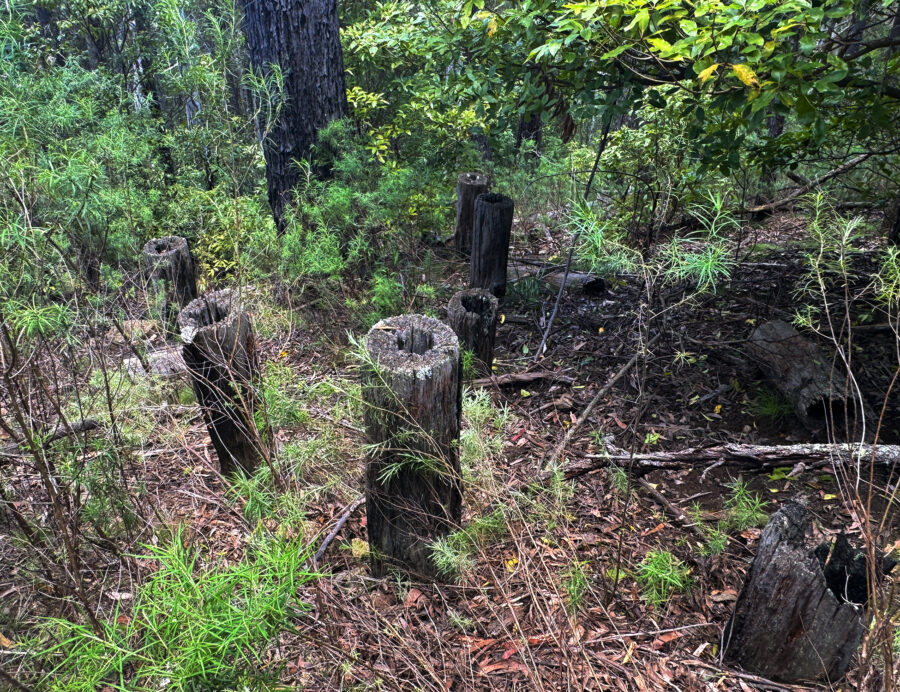
When I first heard about the relic World War II tank traps hidden away in the forests of south-east New South Wales, I thought someone was pulling my leg. It was only after I discovered my informant was a rural firefighter who’d seen the timber obstacles marked on an old map, that I took the claims seriously.
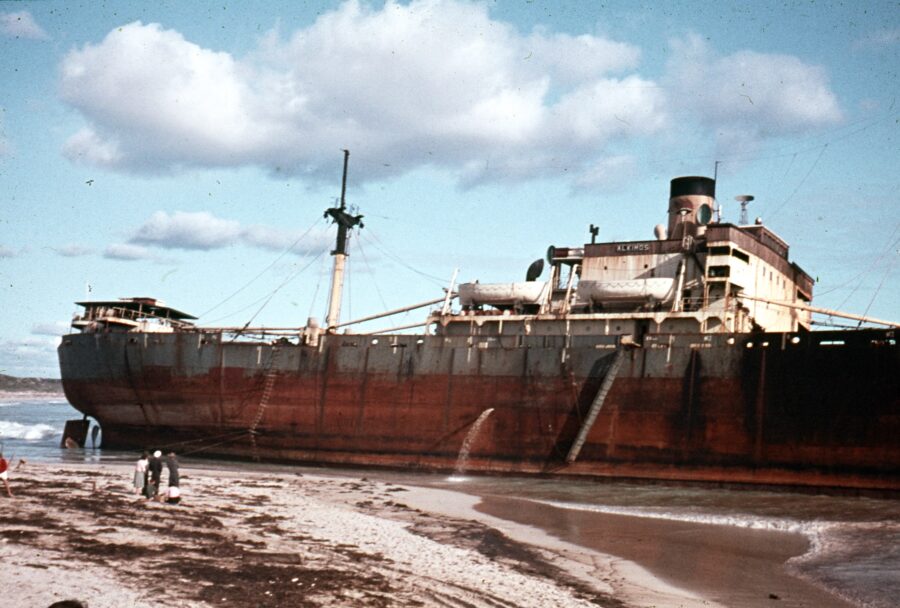
Australia’s thousands of kilometres of rocky coastline and shallow reefs harbour the rusting relics of more than 8000 ships.
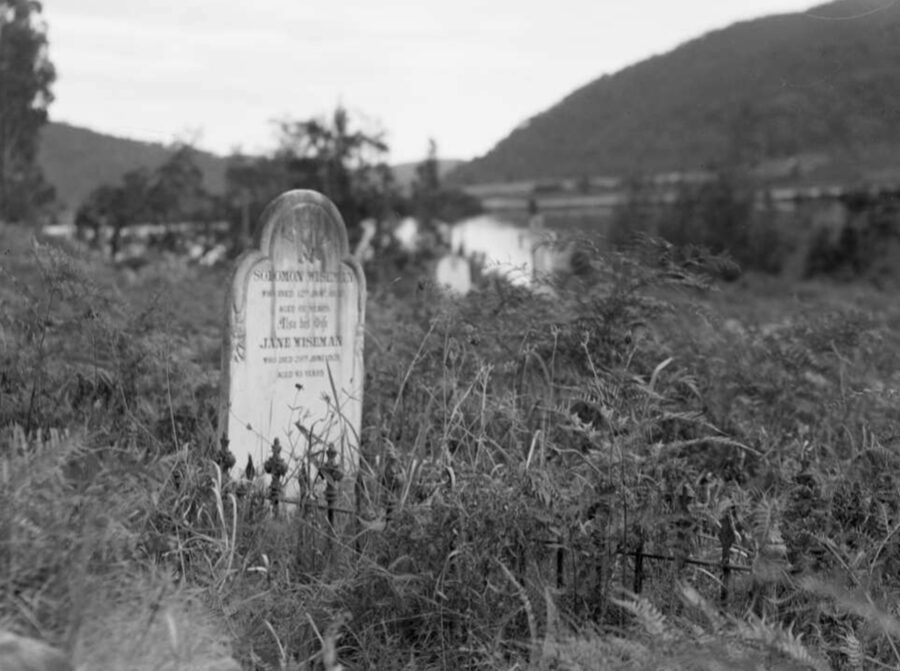
By definition, a final resting place is final, isn’t it? Well, not always, it seems.

Ned Kelly, Ben Hall and Captain Thunderbolt – the criminal exploits of these notorious bushrangers are forever etched into our national psyche. But what about the Birdman of the Coorong?
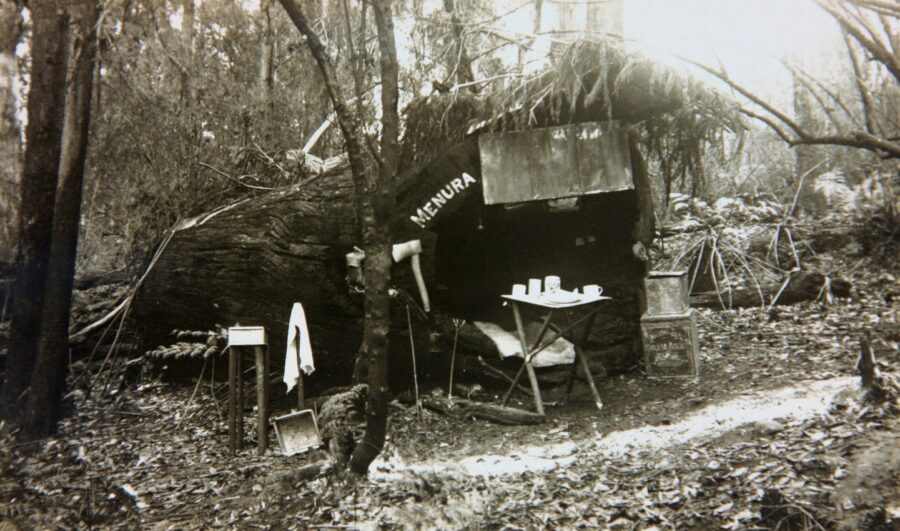
It’s the dream of every child who loves the outdoors – build a secret bush cubby, a retreat from the prying eyes of parents and an opportunity to let the imagination run wild in a make-believe world of fairies, goblins and other magical creatures.